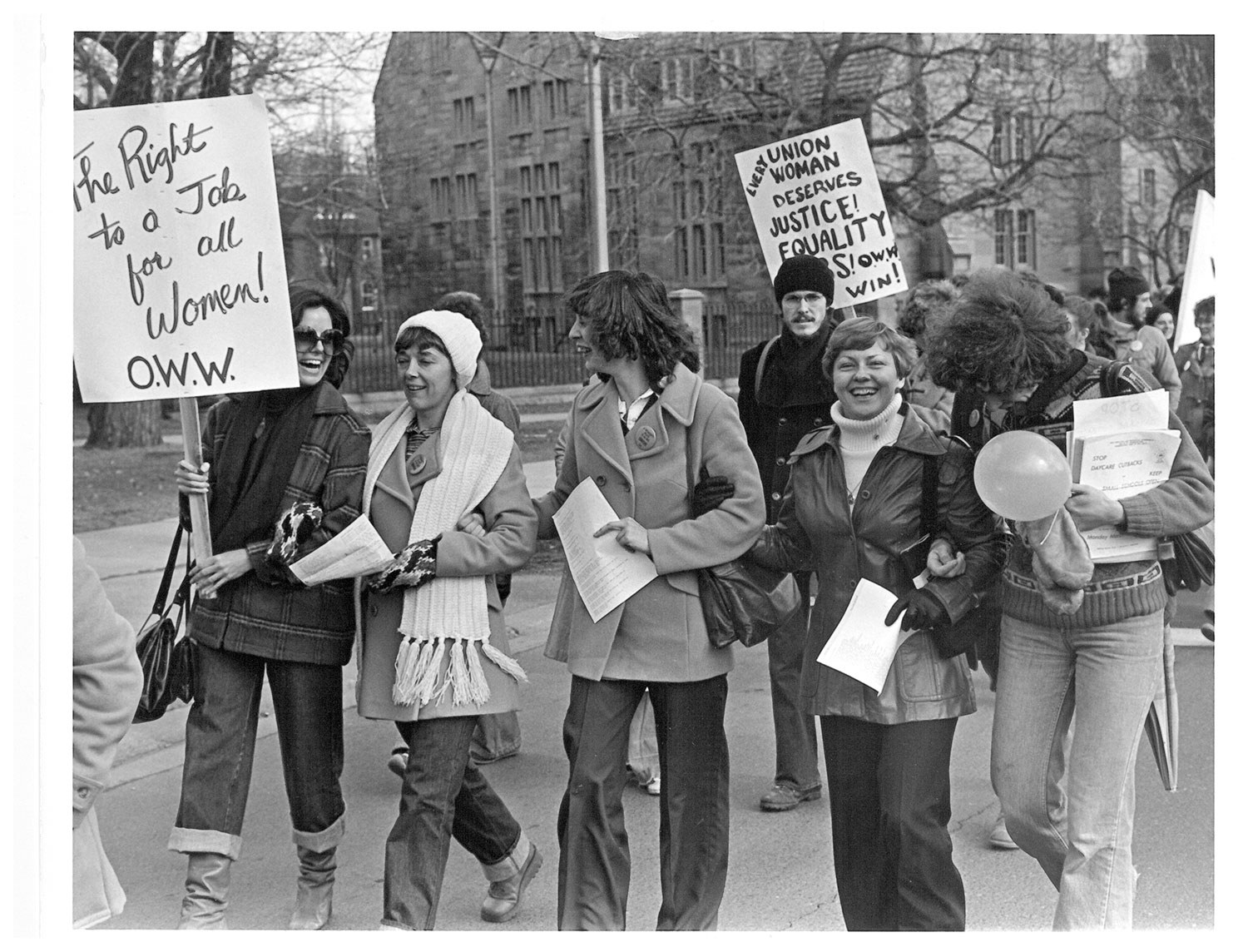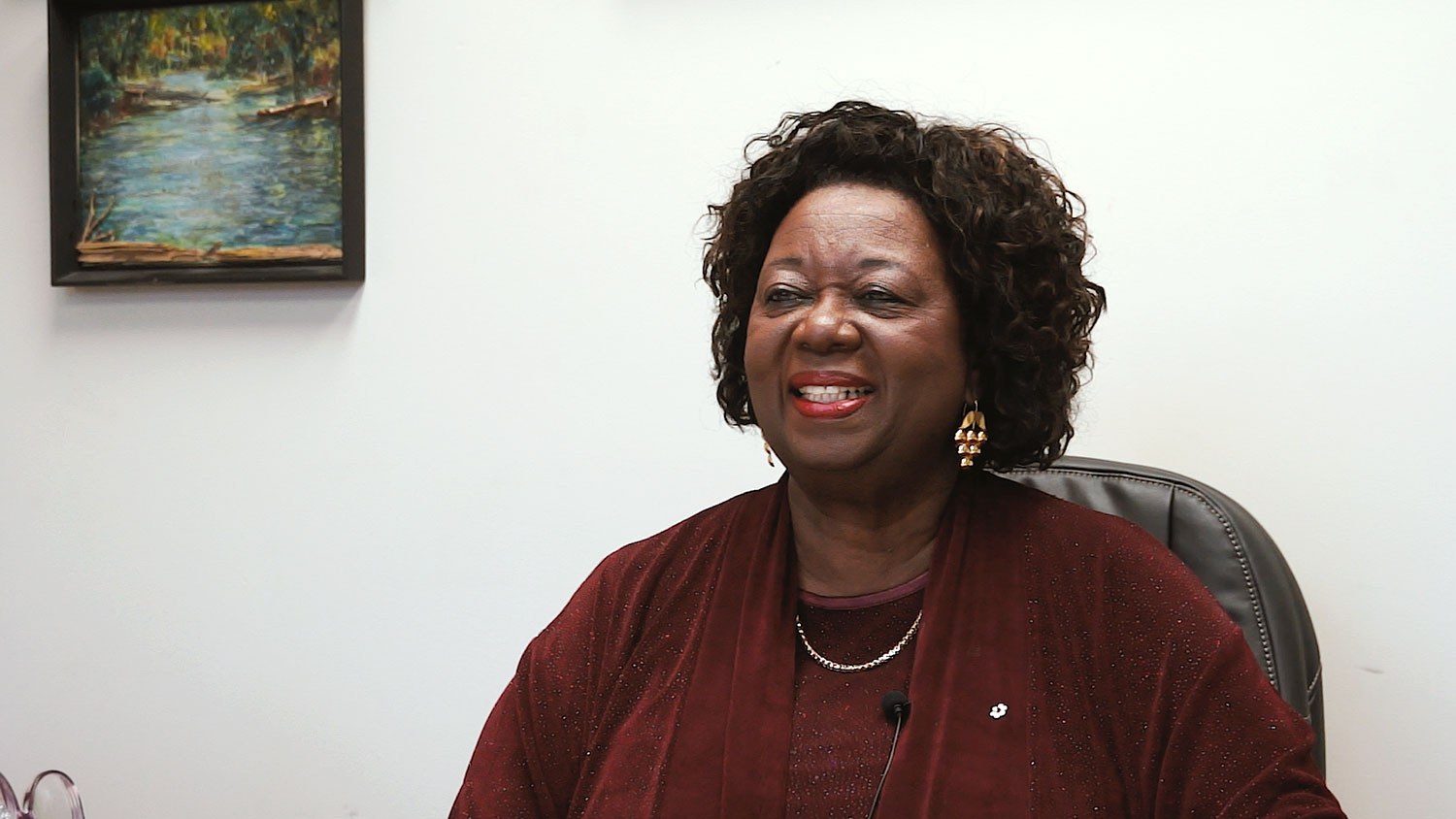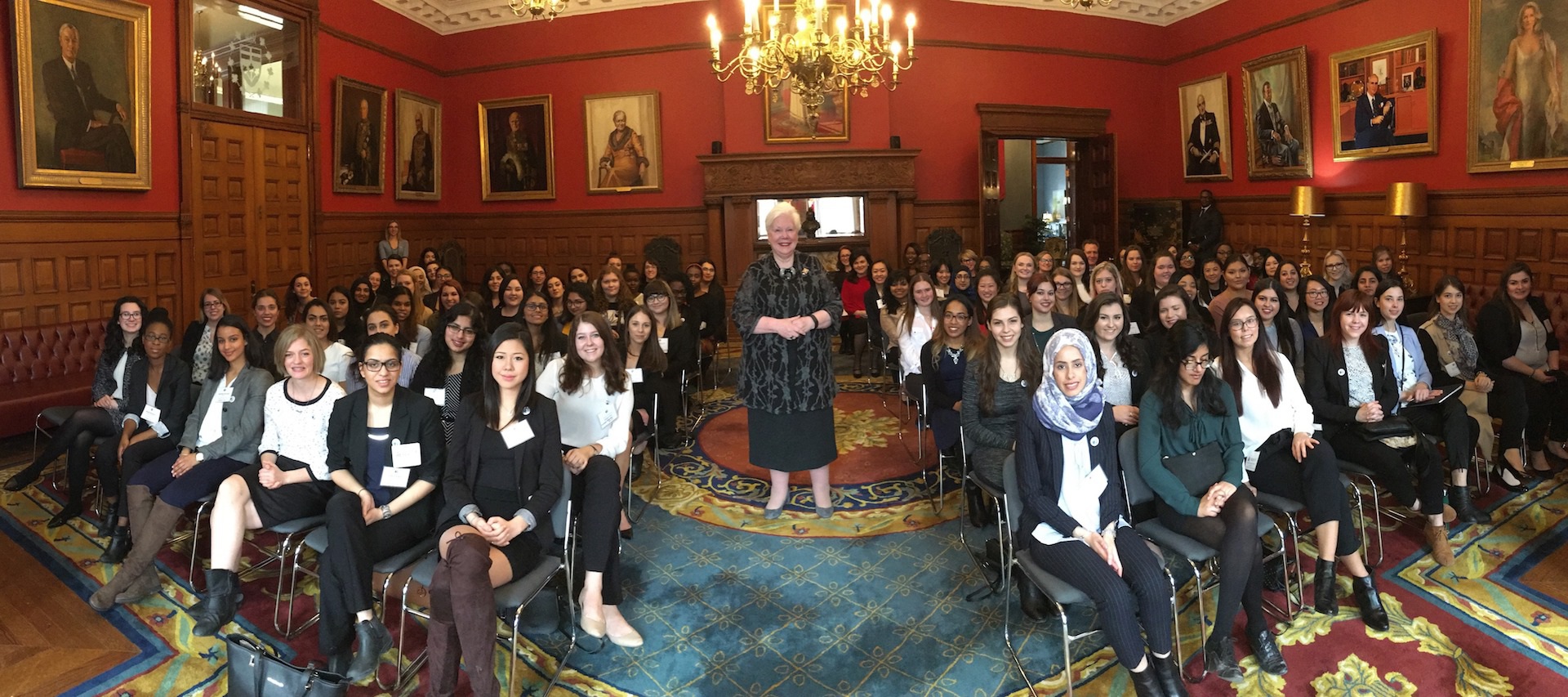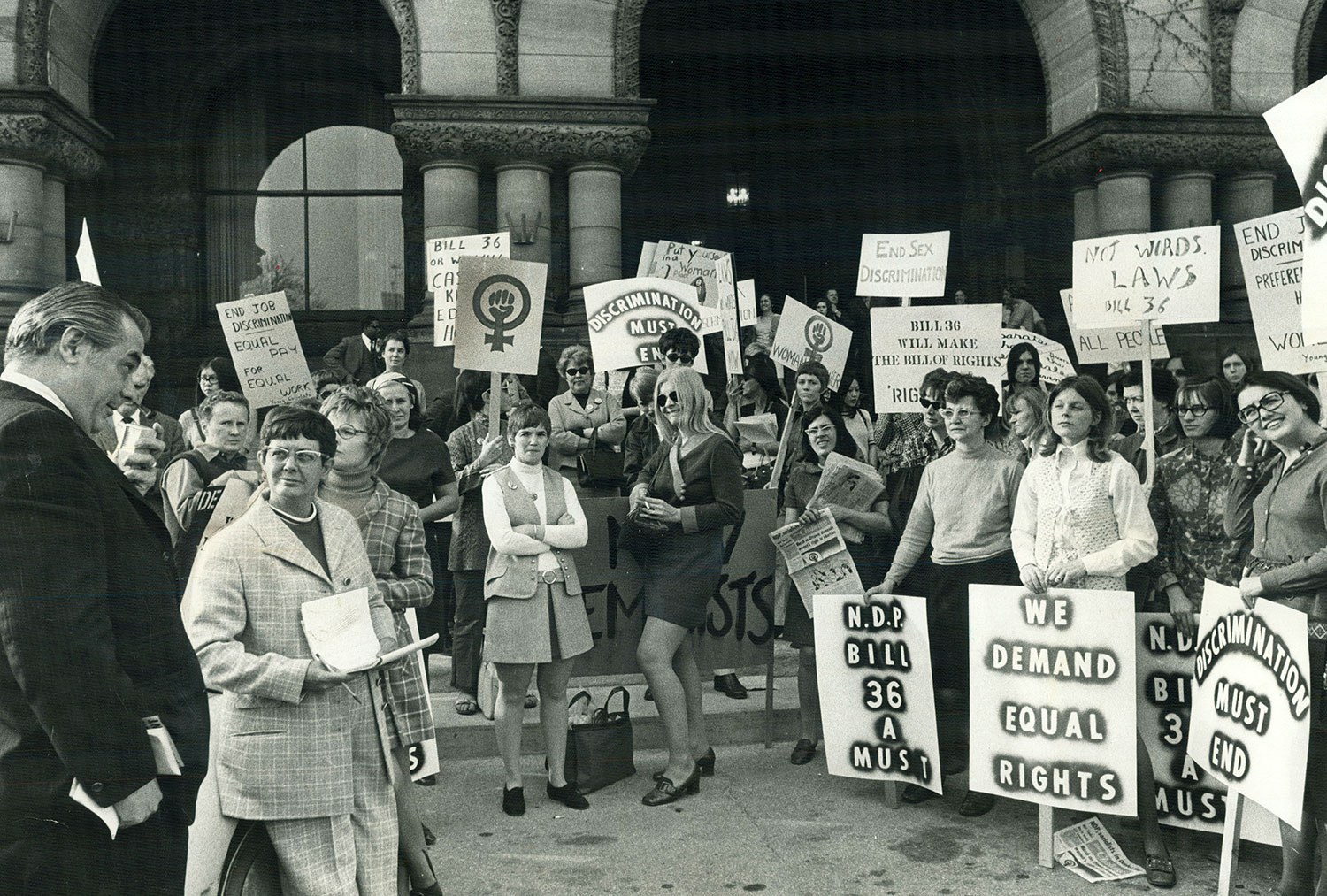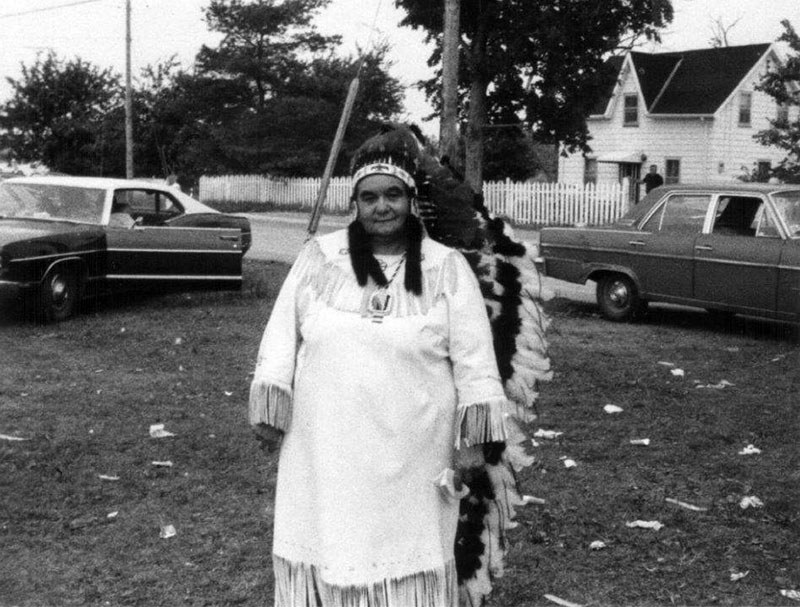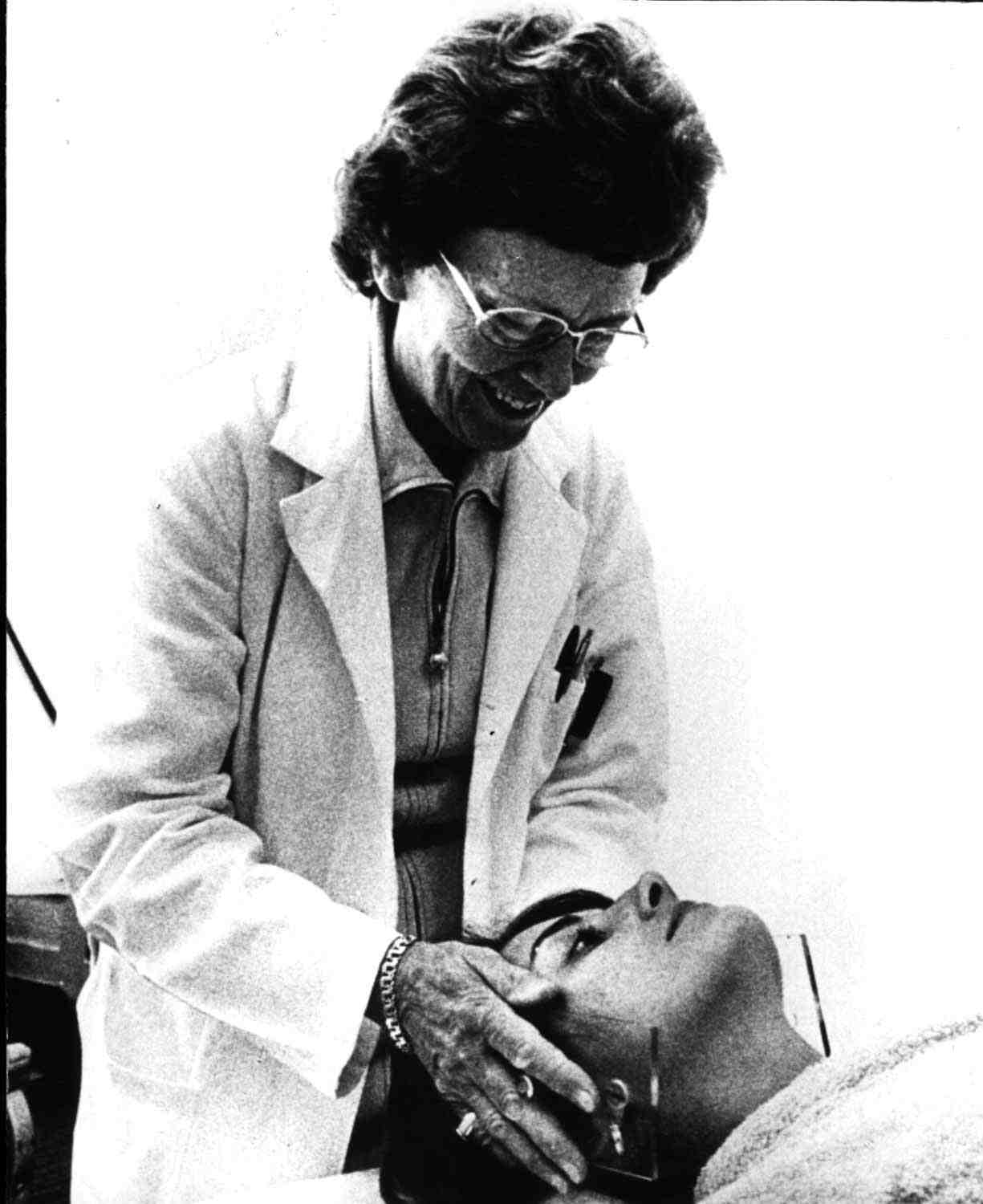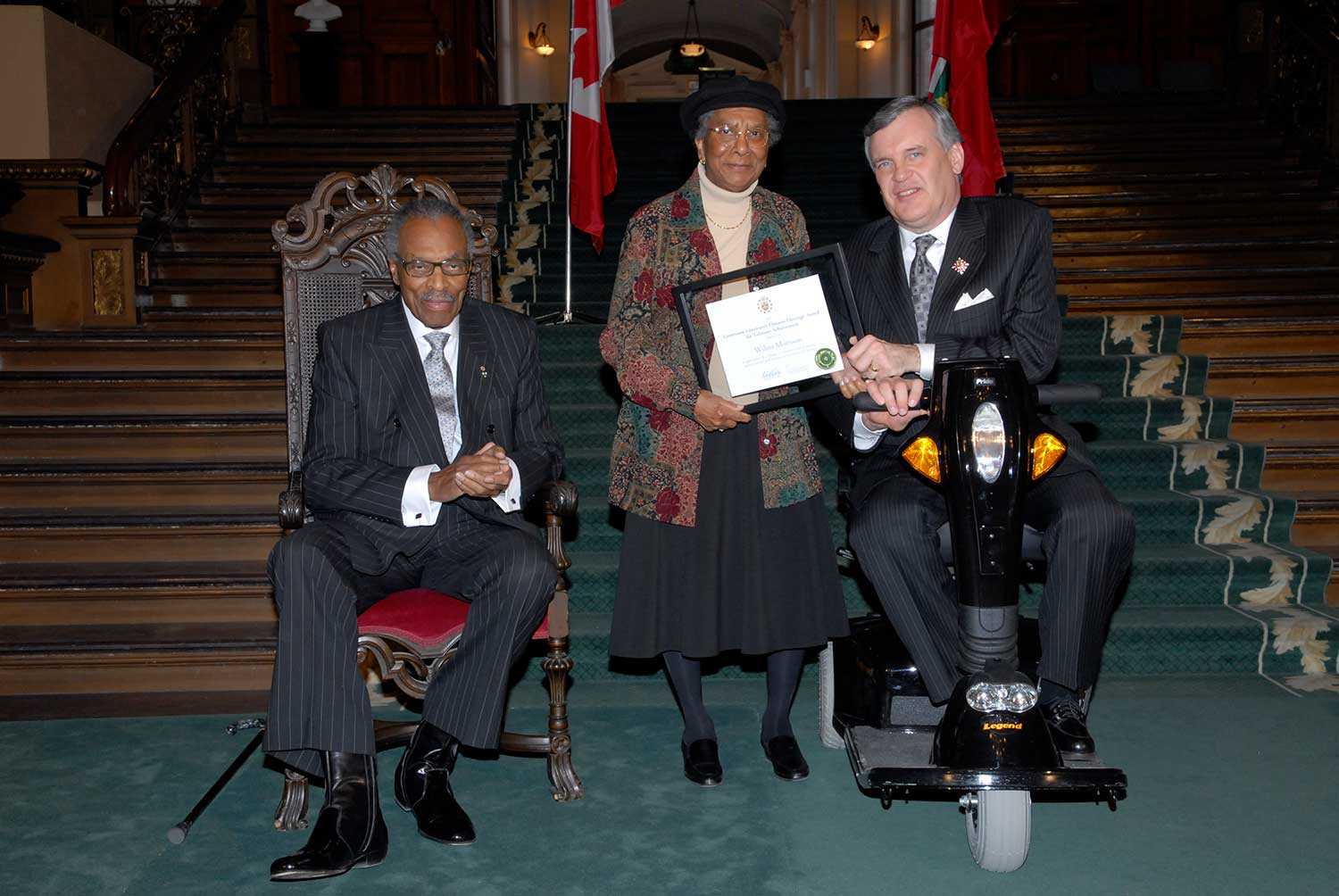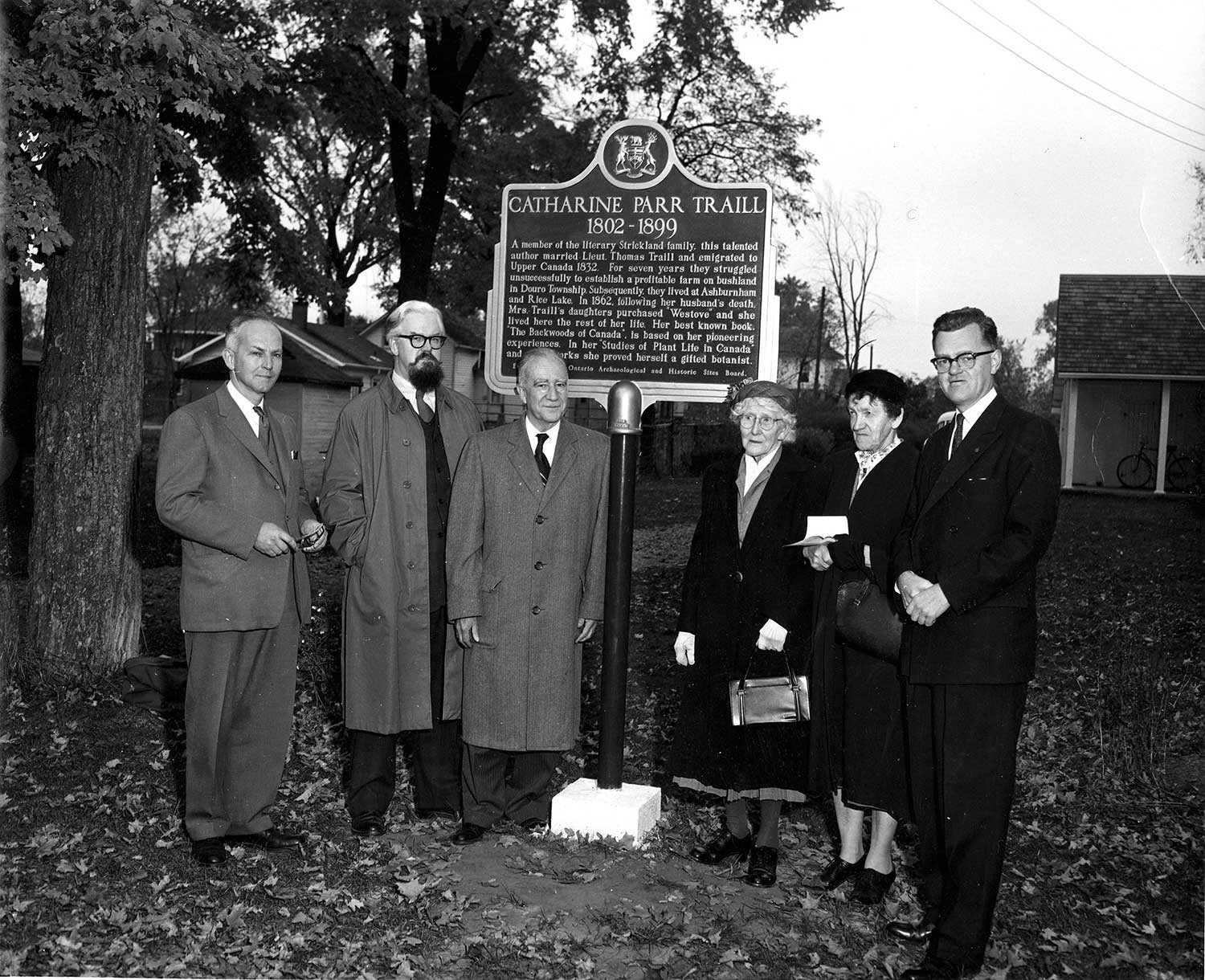

Browse by category
- Adaptive reuse
- Archaeology
- Arts and creativity
- Black heritage
- Buildings and architecture
- Communication
- Community
- Cultural landscapes
- Cultural objects
- Design
- Economics of heritage
- Environment
- Expanding the narrative
- Food
- Francophone heritage
- Indigenous heritage
- Intangible heritage
- Medical heritage
- Military heritage
- MyOntario
- Natural heritage
- Sport heritage
- Tools for conservation
- Women's heritage
Working for the greater good: Women’s voluntary organizations in the early 20th century
Women's heritage
Published Date: Mar 20, 2018
Photo: Dominion Scientific Temperance Committee, Ephemera, 192-, English. Toronto Reference Library, Baldwin Collection (192-?, Temperance, Item 12.M). Photo courtesy of the Toronto Public Library.
In 1911, women made up 13.5 per cent of the workforce in Canada. By 1951, that number had risen to 22 per cent. While few women worked for pay in Ontario at this time, many gave their time and expertise to voluntary organizations and improved the province through their unpaid work.
Women could join a large national organization, such as the National Council of Women (NCW). The NCW provided women with the opportunity to work in areas that interested them – including education, labour conditions and maternal health. Women could choose an organization focused on the needs of a particular community, such as the National Council of Jewish Women of Canada. Founded in Toronto in 1897, their volunteers provided recent Jewish immigrants with English Language, sewing and integration classes to help people build a new life in Canada. Their efforts expanded over the years to include hospital visiting programs, a camp program for urban children, and other charitable efforts to support both the Jewish and non-Jewish communities in the cities they served. The Federated Women’s Institutes of Ontario provided rural women with a valuable lifeline in sometimes-isolated communities. It gave them a chance to contribute their skills to local and international aid efforts.
The Women’s Christian Temperance Union (WTCU) was the largest non-denominational women’s organization in Canada before the Second World War. In 1914, it had 16,838 members in 341 groups across Ontario. The Union advocated for prohibition as a means toward social reform and the expansion of women’s roles in society. They believed that alcohol was a danger to the health of the individual, the family and society as a whole. They succeeded in their advocacy when prohibition was passed into law in Ontario in 1916. Though prohibition was repealed in 1927, the WCTU continued to educate and encourage Canadians to lead temperate lives, pointing to the dangers of tobacco, drug use and alcohol consumption.
Smaller organizations across the province provided women with outlets for their unpaid but crucial labour, especially in undervalued but vital areas of need such as social welfare, maternal and children’s health and community education. Their unpaid and often unrecognized work helped to provide for the province in the era before it developed a robust social welfare network.

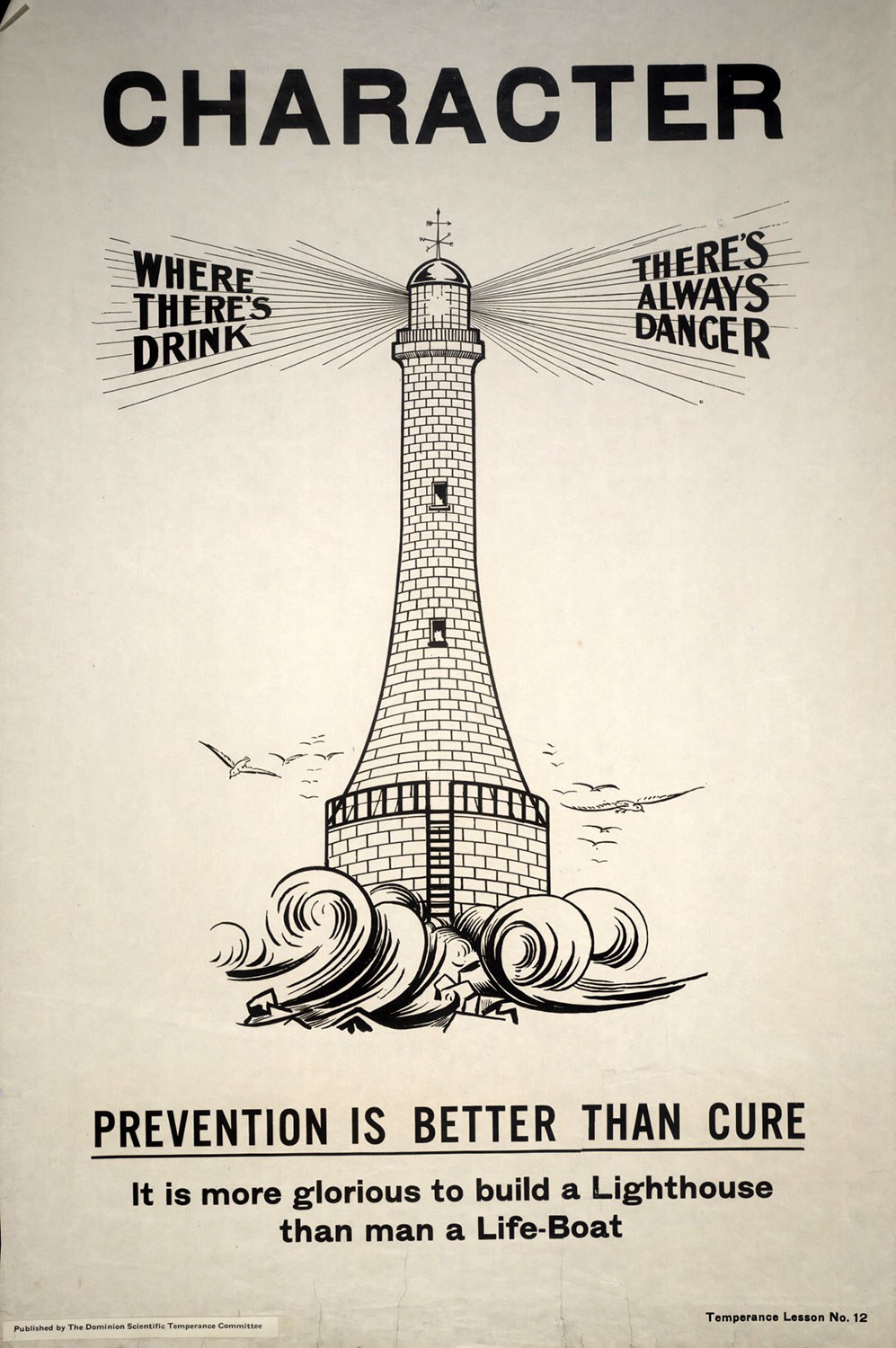
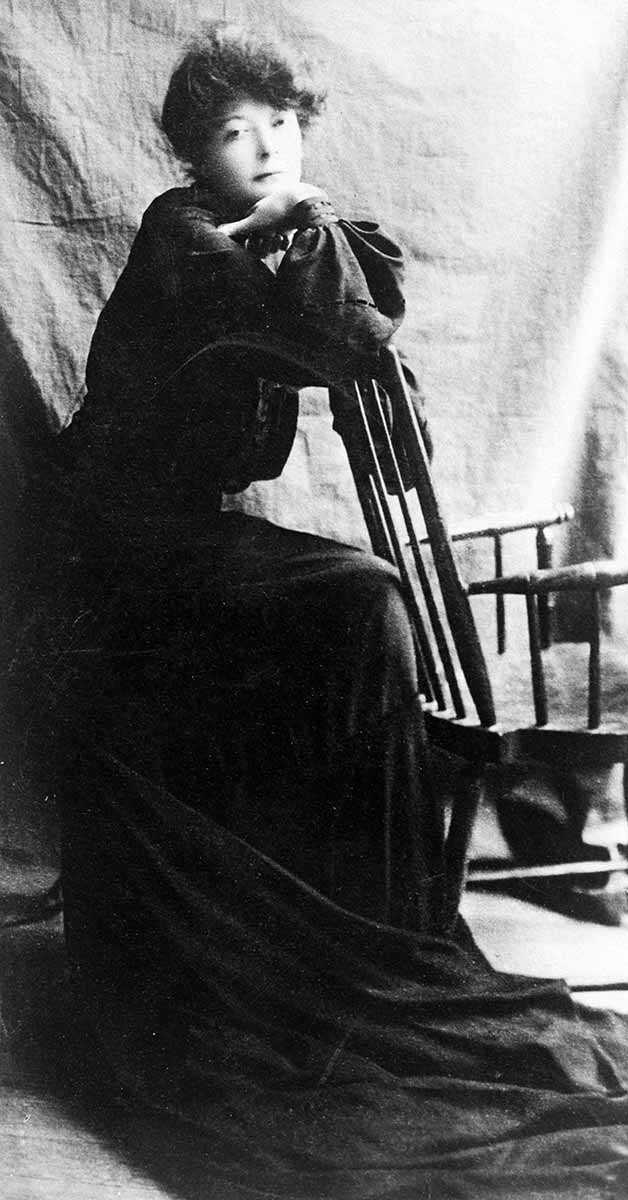
![“Mayor Oliver: Wonder who told them we didn’t encourage the suffragette movement in Toronto?”, [photograph], ca. 1910, Newton McConnell fonds, C 301-0-0-0-996, Archives of Ontario.](https://www.heritage-matters.ca/uploads/Articles/Archives-of-Ontario-cartoon-I0007312-web.jpg)

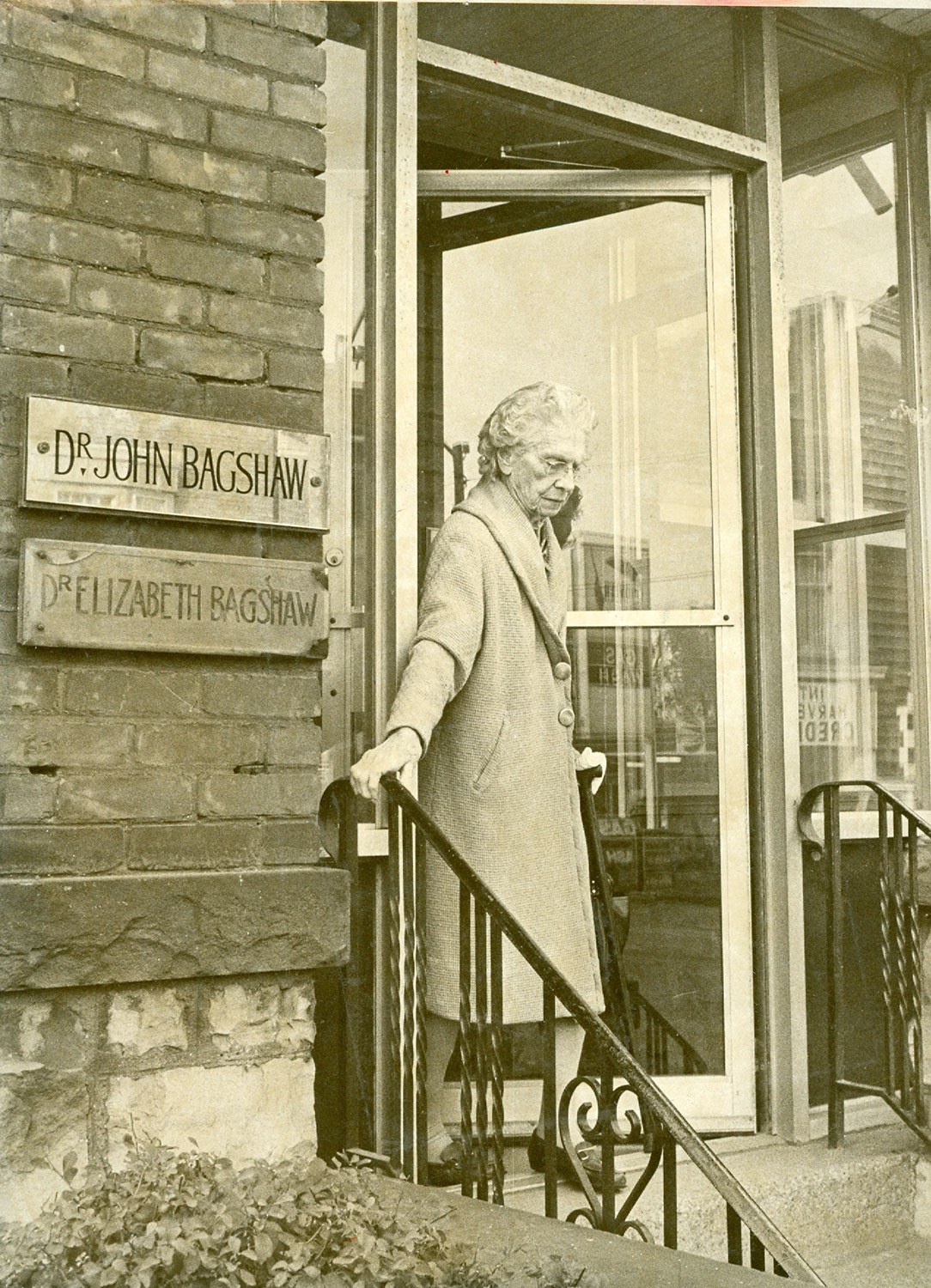
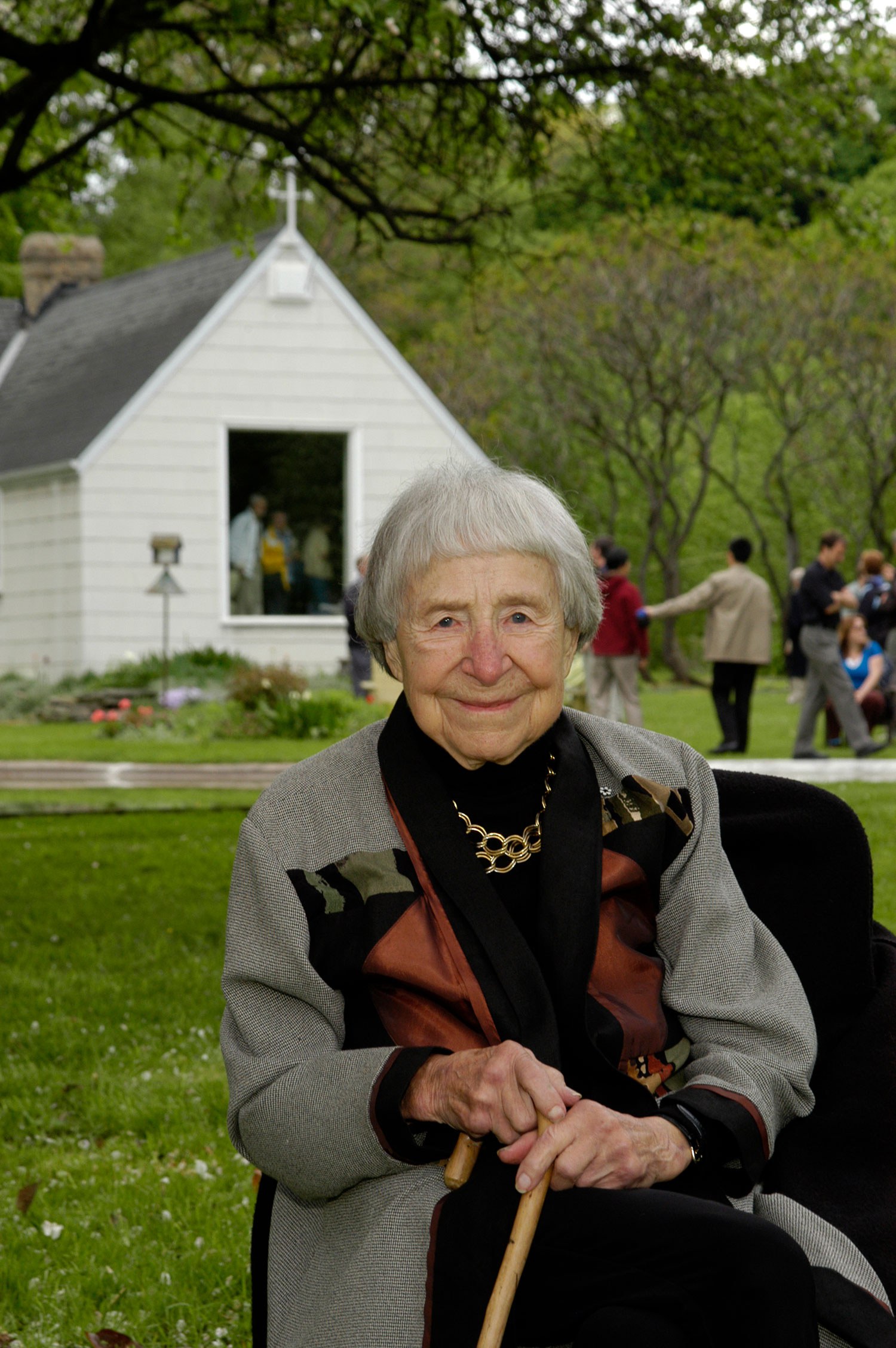

![F 2076-16-3-2/Unidentified woman and her son, [ca. 1900], Alvin D. McCurdy fonds, Archives of Ontario, I0027790.](https://www.heritage-matters.ca/uploads/Articles/27790_boy_and_woman_520-web.jpg)
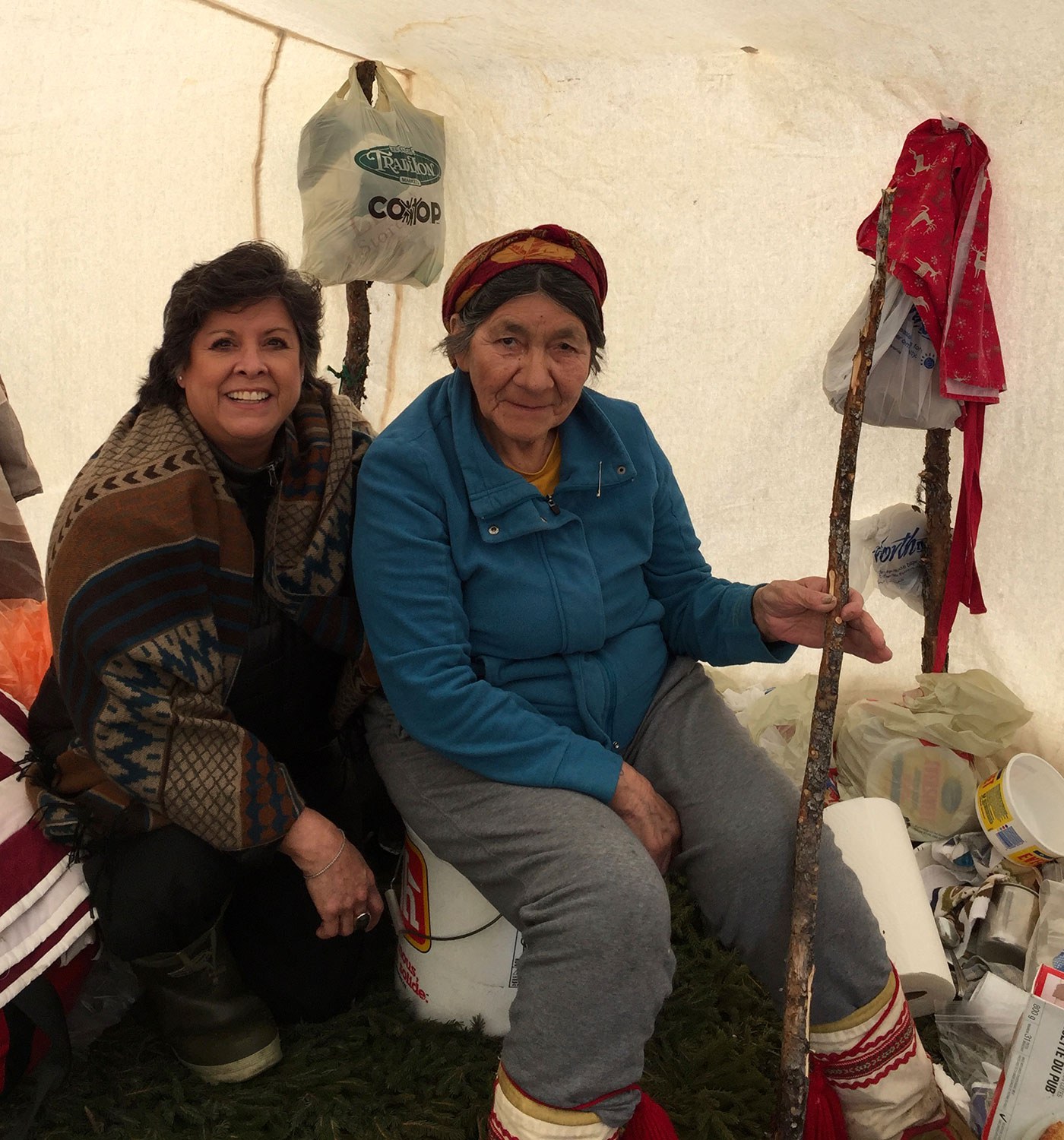
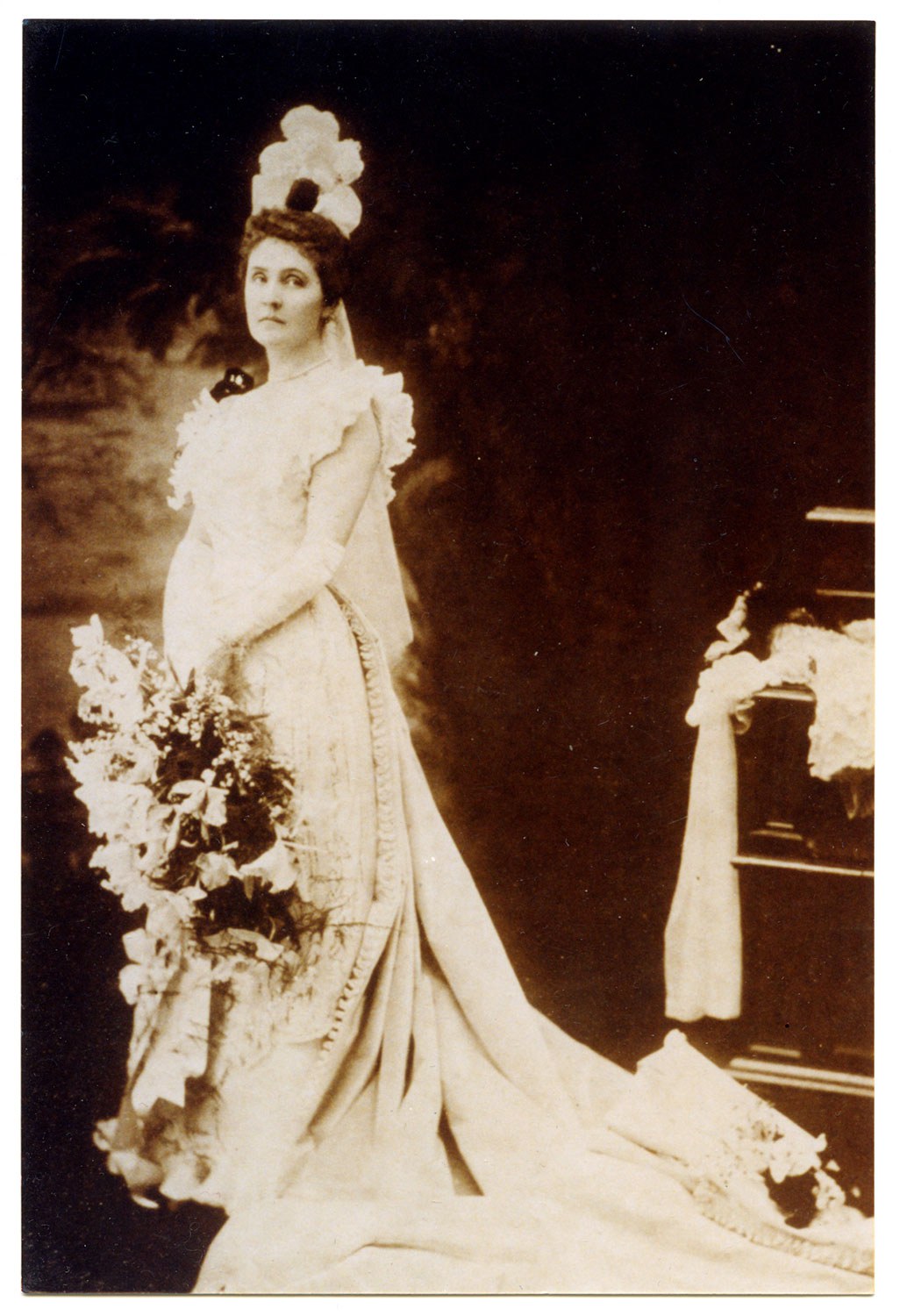
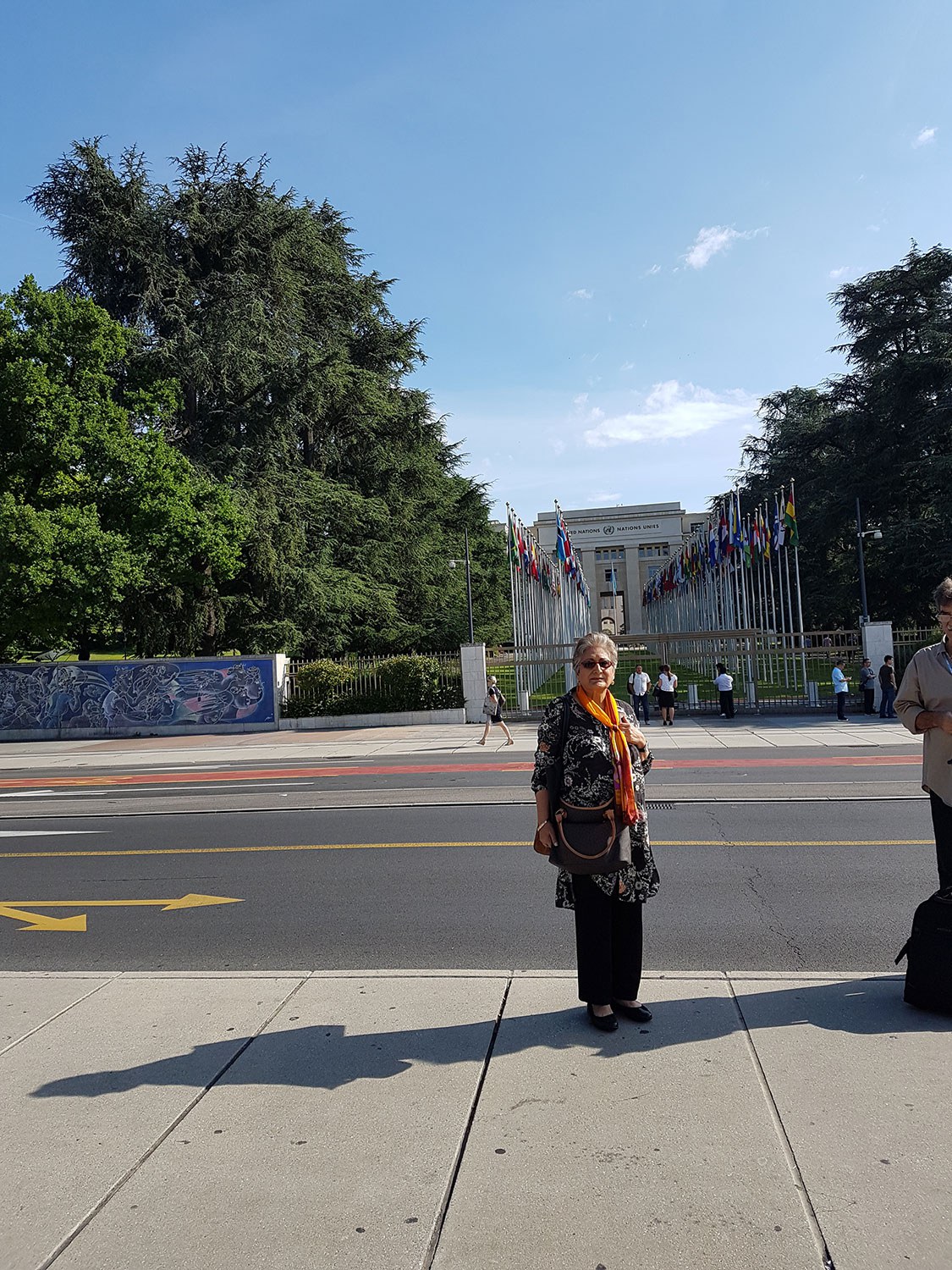
![Wyland, Francie. 1976. Motherhood, Lesbianism, Child Custody: The Case for Wages for Housework. Toronto: Wages Due Lesbians. Cover woodcut by Anne Quigley. CLGA collection, in monographs, folder M 1985-054].](https://www.heritage-matters.ca/uploads/Articles/Wages-Due-Lesbians_Wyland-pamphlet-image-web.jpg)
